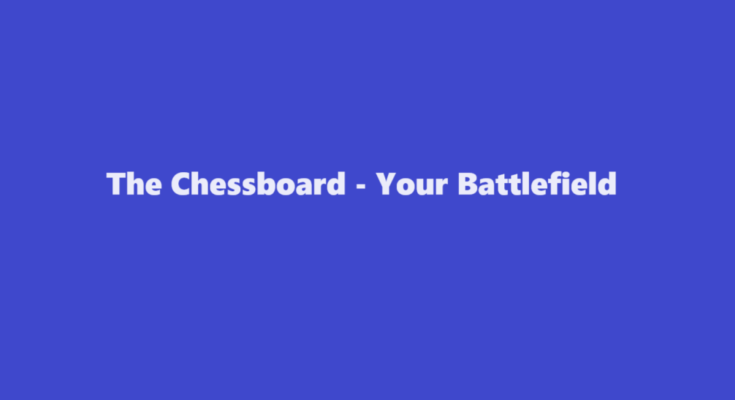The chessboard is an 8×8 grid with alternating light and dark squares, often referred to as “squares” or “spaces.” Each player is assigned a specific color, either white or black, and each side controls 16 pieces. A correctly set up chess board ensures a level playing field and sets the stage for a fair and challenging match.
Setting Up the Pieces
- Position the Rooks Place the rooks, also known as castles, at the corners of the board. They go on the two corners closest to the players, with the white rook on the bottom-right corner and the black rook on the top-right corner.
- The Knights Take the Stage Next, position the knights, resembling horses’ heads. Place them next to the rooks, with the white knight on the bottom-left corner and the black knight on the top-left corner. Knights are the only pieces that can jump over other pieces on the board, which adds a unique strategic element to the game.
- The Bishops Slide In Position the bishops next to the knights, with each bishop occupying a square of its color. The light-squared bishop starts on the light square, and the dark-squared bishop starts on the dark square.
- The Queen and King In the center of the back row, place the queen. The queen is the most powerful piece, capable of moving diagonally, horizontally, and vertically. The remaining square is for the king, who is the most crucial piece in the game. Place the white queen on the remaining light square and the black queen on the remaining dark square.
- Pawns at the Ready Finally, line up all eight pawns in front of the other pieces. Pawns move forward one square at a time, but capture diagonally. They are your first line of defense and play a crucial role in controlling the center of the board.
The Starting Position
Now that you’ve placed all the pieces, your chessboard should mirror your opponent’s. The back row should have the same pieces but in reverse order, with the king and queen facing each other.
The board should have a symmetrical appearance, with each side’s pieces mirroring the other. This symmetry ensures a fair and balanced starting position, setting the stage for a strategic battle where skill and tactics will determine the outcome.
The Board Coordinates
To make communication easier during your game, each square on the chessboard has a coordinate system. The vertical columns are labeled from “a” to “h” (from left to right for white and right to left for black), and the horizontal rows are numbered from “1” to “8” (from bottom to top for white and top to bottom for black). This system allows you to precisely specify moves and locations on the board.
The Final Check -Castling and En Passant
Before you begin your game, it’s essential to understand two unique rules that may come into play during your match: castling and en passant.
- Castling Castling is a special move that involves the king and one of the rooks. It allows the king to move two squares toward a rook on its initial square, and the rook moves to the square through which the king passed. However, there are conditions for castling: neither the king nor the rook can have moved before, the squares between them must be unoccupied, and the king cannot be in check or move through a square that is attacked by an opponent’s piece.
- En Passant En passant is a rule that applies when a pawn moves two squares forward from its starting position, and an opponent’s pawn could have captured it had it moved only one square forward. In this case, the opponent can capture the moving pawn as if it had only moved one square forward. This rule prevents pawns from easily evading capture.
Understanding these rules is vital to playing a complete and competitive game of chess.
FREQUENTLY ASKED QUESTIONS
How do you set up the queen on a chess board?
The White Queen stands on the Center-White Square with the White King next to her on the Center-Black square, while the Black King and Queen do the opposite across from them so that the King and Queen on each side are facing the other player’s King and Queen.
How do you set up chess for beginners?
How To Set Up The Chessboard. At the beginning of the game the chessboard is laid out so that each player has the white (or light) color square in the bottom right-hand side. The chess pieces are then arranged the same way each time. The second row (or rank) is filled with pawns.
A New Beginning
With your chess board correctly set up, you are ready to embark on a journey of strategic thinking, tactical maneuvers, and endless possibilities. Whether you’re a beginner or a seasoned player, the chessboard is where intellectual battles are waged, and where every move counts.
As you prepare to make your first move, remember that the setup of the chessboard is just the beginning. The true beauty of chess lies in the depth of its strategies, the complexity of its tactics, and the boundless opportunities it offers for improvement. So, take your time, savor the challenge, and may your journey on this 64-square battlefield be filled with triumphs and lessons learned.
Read Also : A Step-by-Step Guide – How to Draw a Teddy Bear



